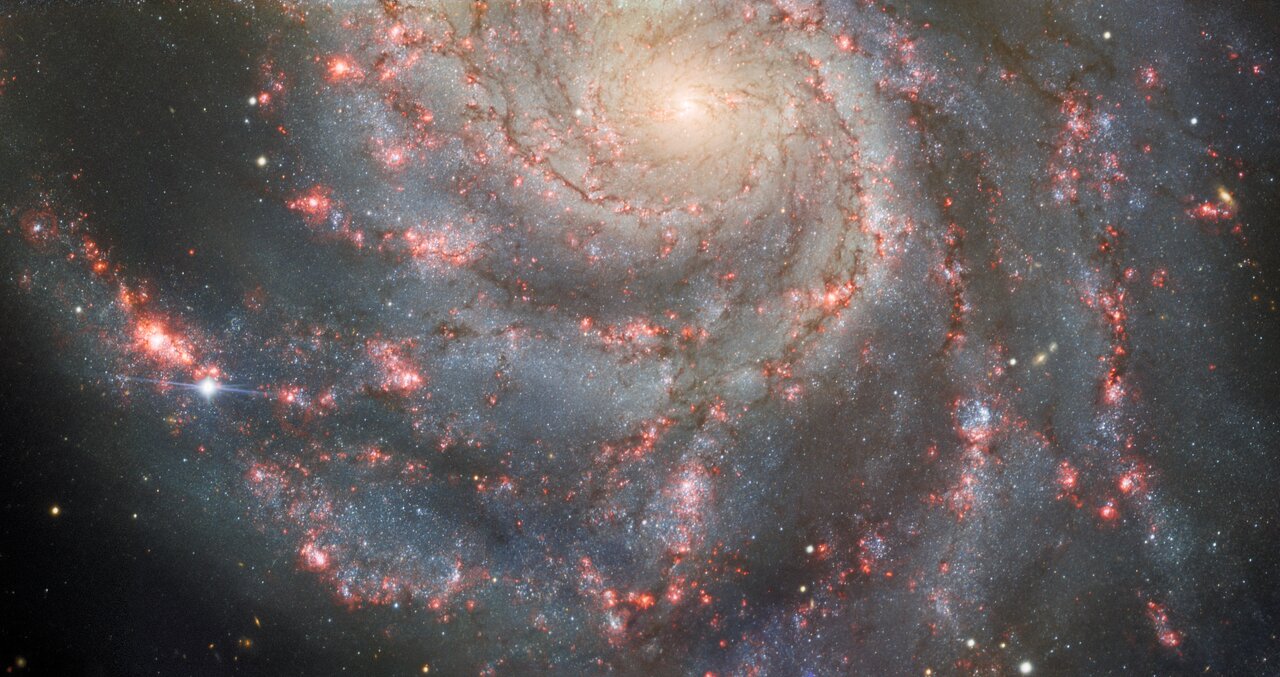Chris Peterson wrote: ↑Fri May 26, 2023 7:52 pm
VictorBorun wrote: ↑Fri May 26, 2023 5:16 pm
Chris Peterson wrote: ↑Fri May 26, 2023 2:18 pm
I can't think of any reason that a core collapse would form a binary neutron star.
everywhere you look many stars and multiple stellar systems form in a random cloud once the gravitation overcomes the pressure.
Why not mirror it, in a rapid mode, where a massive star core collapses once the fuel is exhausted and the pressure loses to the gravitation?
The dynamics are radically different. Stellar systems form from slow viscous planar processes. A supernova is a rapid (relativistic) spherical collapse.
If the collapse is spherical, the spin of the progenitor transfers to one neutron star, but it can not take that much, can it? Mostly the spin has to be shed off in a massive blow up.
But if a ring forms in the collapsing stellar core and the ring breaks into 2 or 3 neutron stars, the spin of the progenitor transfers to the their orbital spin, and that can absorb much more of the mass and spin. As the 2 or 3 NSs feed, their total mass grow and the gravitation pull to the centre grows like mass*mass, so the acceleration grows like mass and the square of the orbiting velocity grows like mass; it lets the NSs take more and more of the spin.
Well, if they are 3, then the least massive is eventually kicked off carrying away the spin and the other 2 finally merge. There is got to be a runaway NS then.

